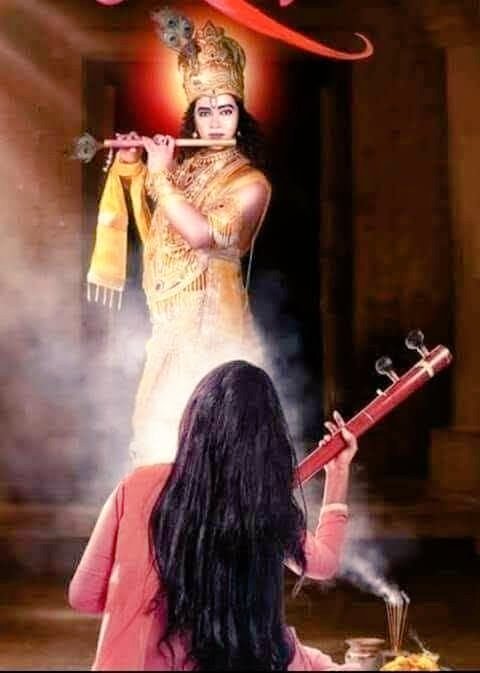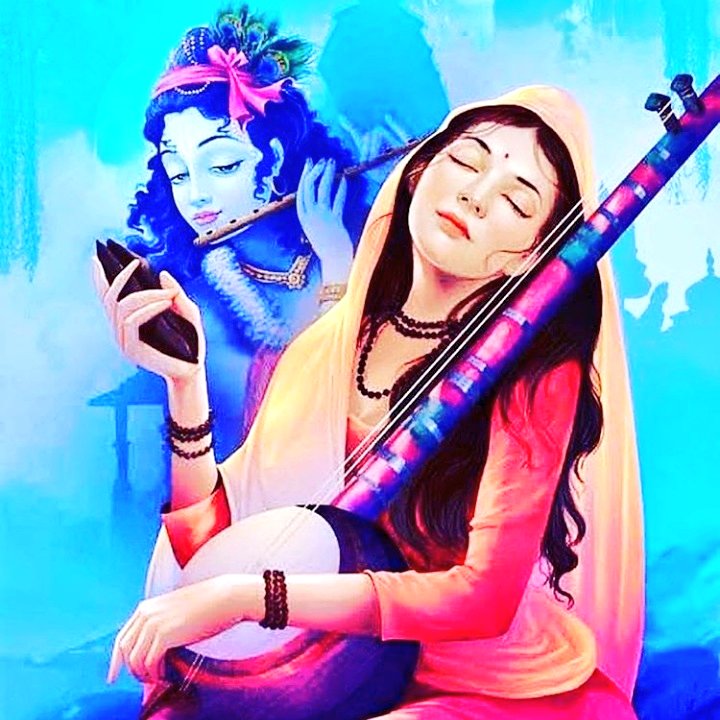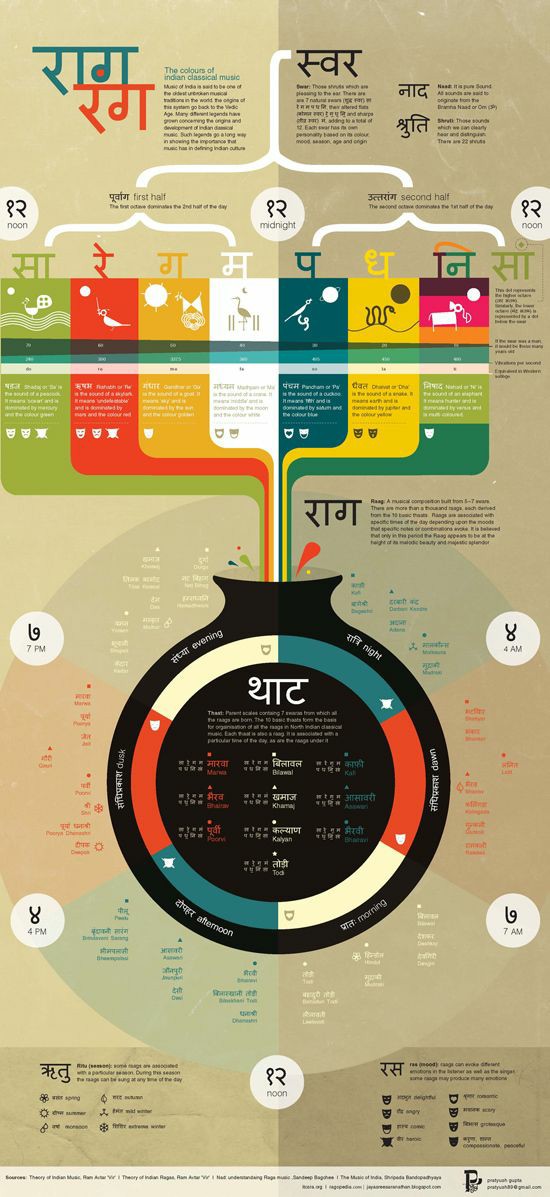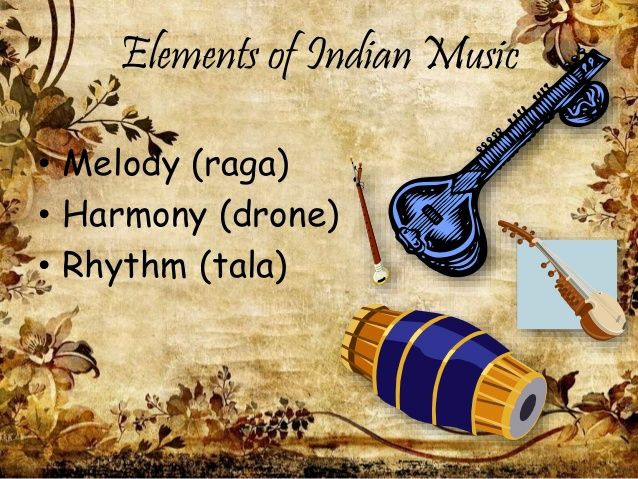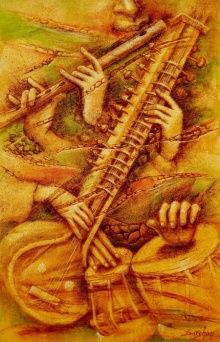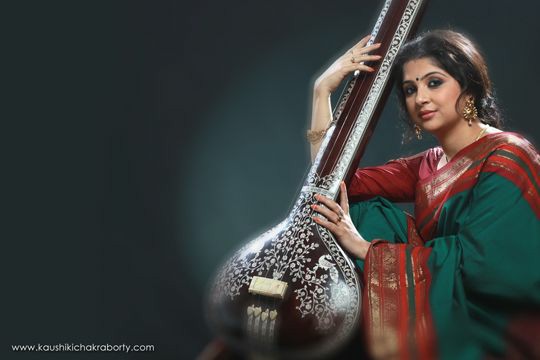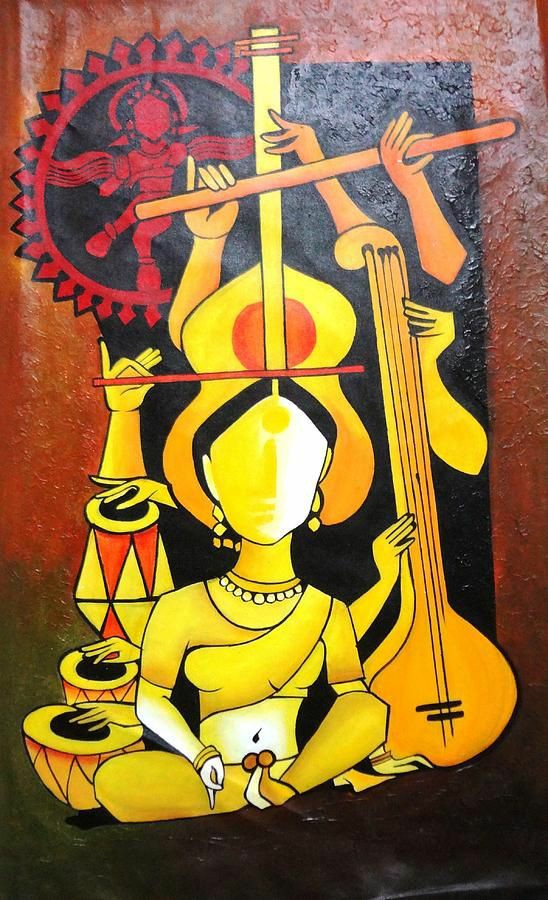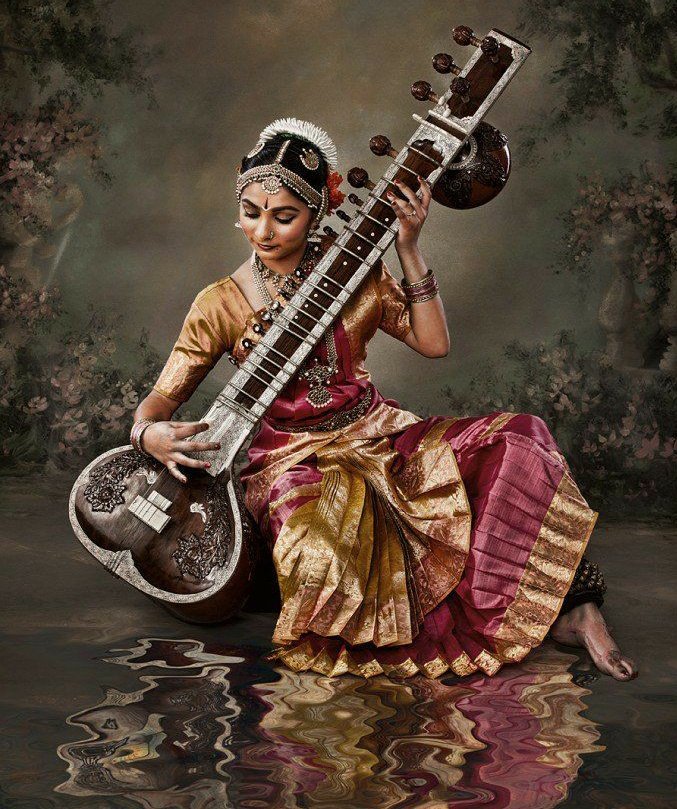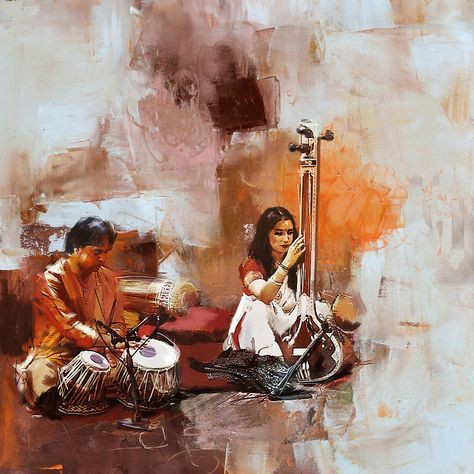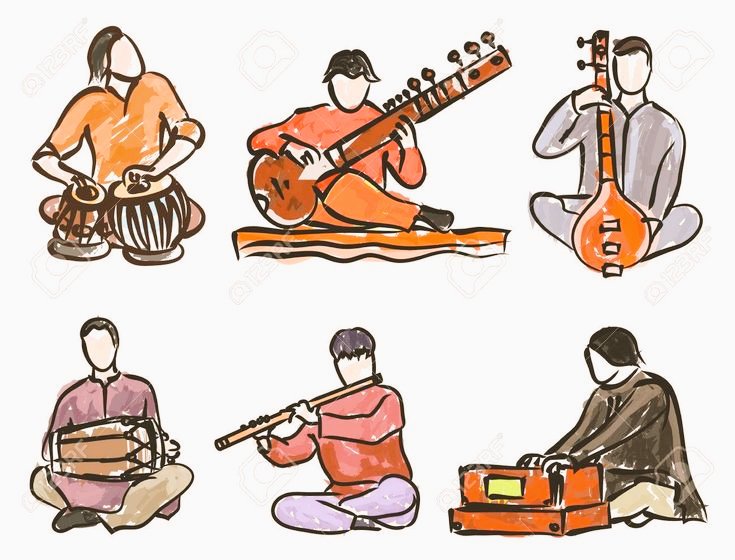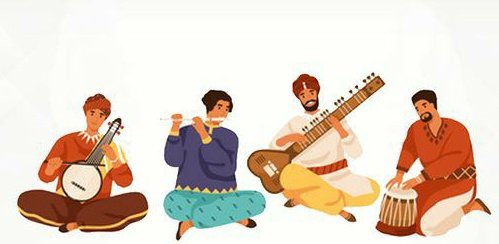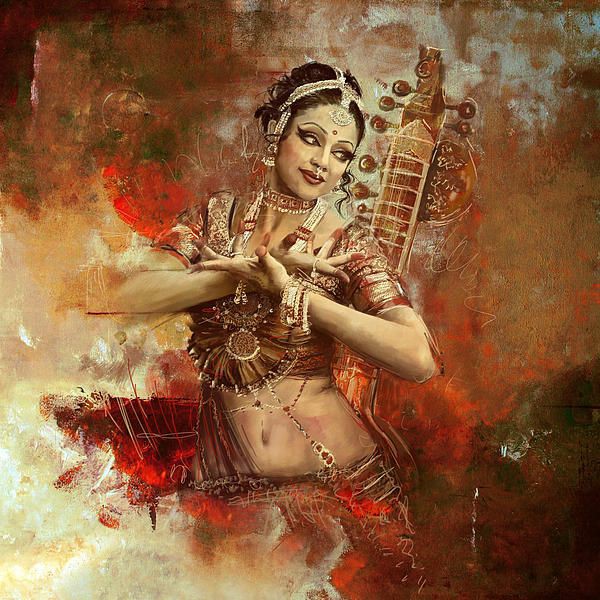#Thread
|| 𝙈𝙐𝙎𝙄𝘾: 𝙆𝙀𝙔 𝙁𝙀𝘼𝙏𝙐𝙍𝙀𝙎 ||
Music has an old and long tradition. It has also enjoyed patronage of the people in general. In fact the birth of music lay, in the ancient past, in the religious activities of the people- the chanting of scriptures and paying
|| 𝙈𝙐𝙎𝙄𝘾: 𝙆𝙀𝙔 𝙁𝙀𝘼𝙏𝙐𝙍𝙀𝙎 ||
Music has an old and long tradition. It has also enjoyed patronage of the people in general. In fact the birth of music lay, in the ancient past, in the religious activities of the people- the chanting of scriptures and paying
musical offerings to Ishwara is a well documented activity.
It was also discovered then that the sound produced from different parts of the human body - the abdomen, lungs, throat and head made a system by itself.
It was also discovered then that the sound produced from different parts of the human body - the abdomen, lungs, throat and head made a system by itself.
The ratios and proportions which sound patterns displayed soon developed into an order called sruti.
Gradually the musical scales were standardized and laws were framed to regulate the practice of singing and instrument playing.
Gradually the musical scales were standardized and laws were framed to regulate the practice of singing and instrument playing.
This allowed the evolution of melodies and a system of musical notations (raag) to come into being.
A composition becomes or qualifies to belong to the category of musical composition when it rests on the following three cornerstones, viz.
a) Swara or sound,
A composition becomes or qualifies to belong to the category of musical composition when it rests on the following three cornerstones, viz.
a) Swara or sound,
b) Taal/Laya or beat/tune,
c) Raag or melody.
These three are the fundamental constituents of music:
Swara is that sound which has some meaning and which possesses a distinct identity. Sound becomes music only when it holds
c) Raag or melody.
These three are the fundamental constituents of music:
Swara is that sound which has some meaning and which possesses a distinct identity. Sound becomes music only when it holds
a specific connotation among other sound along with rhythm. Music, be it Indian or Western, is based on Swaras. It is composed of different configurations of Swaras. The basic Swara in Indian music is called Shadaj.
It is also known as the basic swara. Since the literal meaning of the word shadaj is six, it can be easily understood that this basic swara is always related to six other swaras. The spectrum of swaras in Indian music is thus composed of
seven bands also known as Saptak. In Indian music the Swaras are not related with a fixed pitch unlike the Western music. It is the musician here who defines the pitch of shadaj and accordingly other six swaras get located on the musical spectrum.
Western music, however, has the concept of an "absolute pitch". This means specific pitch for specific swaras. Likewise the musical instruments are created according to fixed pitches.
The taal is further measured in terms of the numerical content of the pulse in each composition. Thus when the pulse is slow, the composition is called vilambit. A medium pulse count makes it madhyam; the faster counts are called as drut pulse.
Innumerable combinations of these pulse counts provide such a tremendous variety in Indian music. The taals are generally played through percussion instruments such as jhanjh, manjira (metallic) etc and mridang, pakhavaj, tabla, (drums) etc.
The music exponents who play taal instruments also practice a vocabulary of their own during the performances. Some of these words are theka, bol, gat, tutra, tihal, palta etc. The two main percussion instruments, tabla and mridang,
used in North Indian and South Indian music systems respectively, use the same words. The third chief element of music is melody (raag) which is also the characteristic feature of Indian music.
Whereas Western music is known for its harmony, the Indian music is famous for its melody. Interestingly melody is not confined to India, but is the main element of the musical tradition in such countries as Iran, Arabia, Afghanistan, China etc.
The central manifestation of a raag is delightfulness. It is still possible to have a composition of sound which may not delight- we shall not call it raag. There are, in addition to the quality of delighfulness, ten other features that make a rang.
The various permutations and combinations of these features give birth to the whole repertoire of raag music. Another significant quality of a raag is that It should also be imbibed with sentiments.
The melody, it is believed in Indian music, becomes mechanical if it is devoid of the sensuousness. This element of sensuousness creates a sub-division of raag which is called raagini.
It will not be out of place here to tell you that the famous Raagmula series of paintings in India are in fac based on this element as they depict the various moods of raag and raagini in the pictorial representation.
The pleasure of music is in the listening and the pleasure of dance is in watching that music take a bodily shape and express its meaning in a visual experience
Please do read my another thread on INDIAN CLASSICAL DANCE &MUSIC
https://twitter.com/Sanskritii_1/status/1299674234067664897?s=19
https://twitter.com/Sanskritii_1/status/1289896268307677185?s=19
Please do read my another thread on INDIAN CLASSICAL DANCE &MUSIC

https://twitter.com/Sanskritii_1/status/1299674234067664897?s=19
https://twitter.com/Sanskritii_1/status/1289896268307677185?s=19
Source: Swar Sareeta & Swaralipi!

 Read on Twitter
Read on Twitter
